Stephen Chu, Secretary of Energy for the US government, gave a plenary lecture at the Annual Biophysical Society meeting earlier today.
Dr Chu began his scientific career as a physicist and went on to win the Nobel Prize for his biophysics research. Today he talked about his group’s current research interests into sub-wavelength imaging and detecting protein binding events in real-time.
He then went on to discuss the influence fundamental biophysics is having on the search for future energy sources, including new metabolic pathways for biofuels synthesis and Li-ion batteries.
Chu then went on to say that if new alternative energy sources are really going to take off – then the government need to set directives that will force the current energy industries to make these changes happen – just like they did in the 50’s with frost-free refrigerators!!
Take a look at the great energy research published in both PCCP and Energy & Environmental Science today











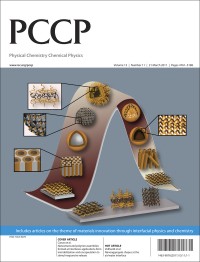
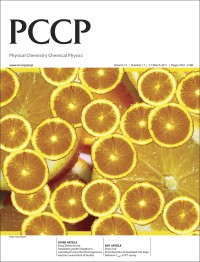
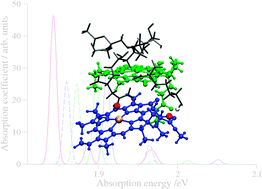 Subsystem TDDFT calculations allow us to investigate structural, environmental, and excitonic effects in optical spectra of (mutated) light-harvesting complexes.
Subsystem TDDFT calculations allow us to investigate structural, environmental, and excitonic effects in optical spectra of (mutated) light-harvesting complexes.
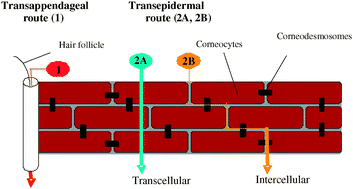 The authors explore the strategies currently employed to promote skin permeation and to consider the most exciting approaches currently under investigation. The limitations of current methodology to examine the problem are discussed. New opportunities to fill the gaps in our current knowledge are identified and the importance of interdisciplinary research in the field is emphasised.
The authors explore the strategies currently employed to promote skin permeation and to consider the most exciting approaches currently under investigation. The limitations of current methodology to examine the problem are discussed. New opportunities to fill the gaps in our current knowledge are identified and the importance of interdisciplinary research in the field is emphasised.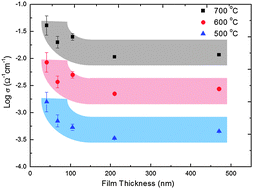 However, especially in the cases of the conductivity of ultra-thin films measured in an in-plane configuration, it is highly possible that the ‘apparent’ conductivity increase originates from electrical current flowing through other conduction paths than the thin film. As a systematic study to interrogate those measurement artifacts, we report various sources of electrical current leaks regarding in-plane conductivity measurements, specifically insulators in the measurement set-up.
However, especially in the cases of the conductivity of ultra-thin films measured in an in-plane configuration, it is highly possible that the ‘apparent’ conductivity increase originates from electrical current flowing through other conduction paths than the thin film. As a systematic study to interrogate those measurement artifacts, we report various sources of electrical current leaks regarding in-plane conductivity measurements, specifically insulators in the measurement set-up.
